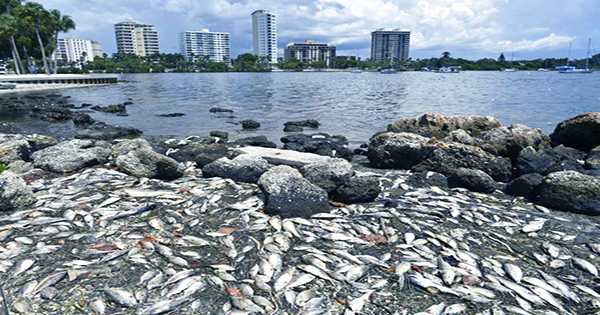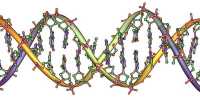The Tampa Bay of Florida has long been home to some amazing biodiversity, with abundant mudflats, mangrove wetlands, and tidal channels. When climate change and human settlement took their toll, in the 18th century, there were so many fish in its waters that they overtook boats. This summer, the bay has been flooded with fish again – but with a really deadly twist. Since the end of June, 600 tons of dead, rotten marine life have washed up on local beaches – and officials aren’t sure why.
“The bay is really hurting right now,” Maya Burke, assistant director of the Tampa Bay Isturia program, told NPR. “Above and below the food chain, it’s a significant number of fun fish, from small predatory fish to tarpon, manatis, and dolphins. By 2021, Florida has already lost more manites than any other year on record, with algae probably the culprit. The same is true for fish that enjoy fish in the same way.
The Florida “red tide” comes across the state’s bay coast once a year when microscopic algae Karenia bravis “blooms” – releasing a powerful neurotoxin. It has always been in Florida, but the hot water burning in the climate crisis has meant who in recent decades. The population of Bravis has grown. For the human inhabitants of Tampa Bay, which means a trip to the emergency room for coughs, sneezes, and extreme cases? But it is also deadly to local wildlife. Still, this year has been particularly bad – and not just because of the stench. The timing is all wrong, local experts say: usually, the red tide doesn’t come from the coast until after the end of the year, Robert Weisberg, a professor at the University of South Florida Physical Oceanography, told the Temp Bay Times.
Worse: The results from his lab, which predicts the movement of the red tide, suggest that the phenomenon has not been going anywhere for some time. “Diagnosis is not all good,” he said. While we know that the Red Tide is to blame for the genocide, it is clear that the Red Tide is less to blame. Water samples from local Pinellas County registered a red tide concentration 17 times higher than the level considered “high,” but Burke said scientists have yet to find a “smoking gun” for the unusual flower.
















